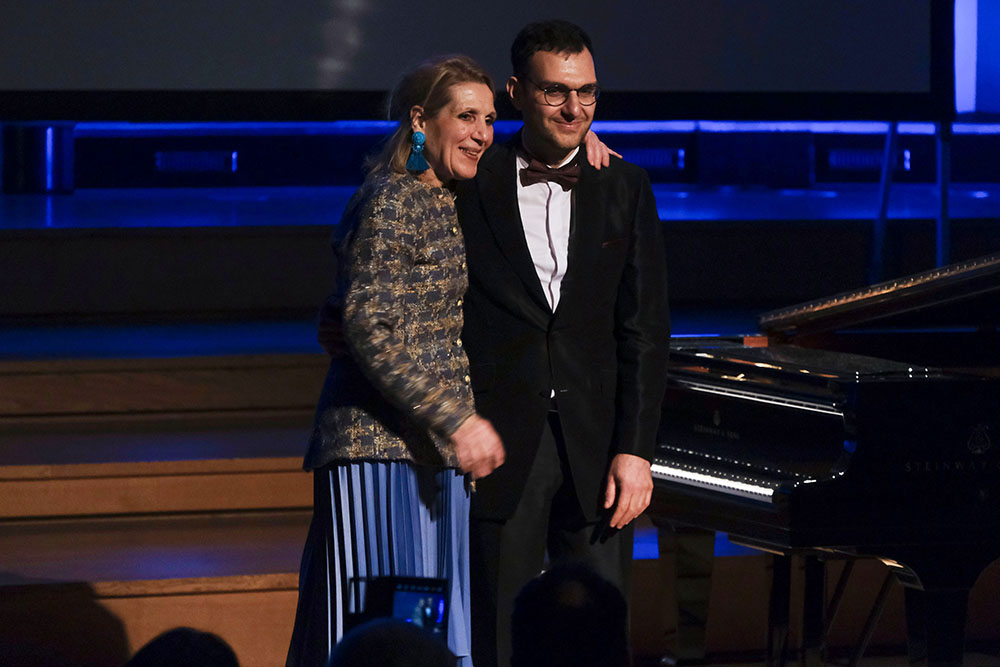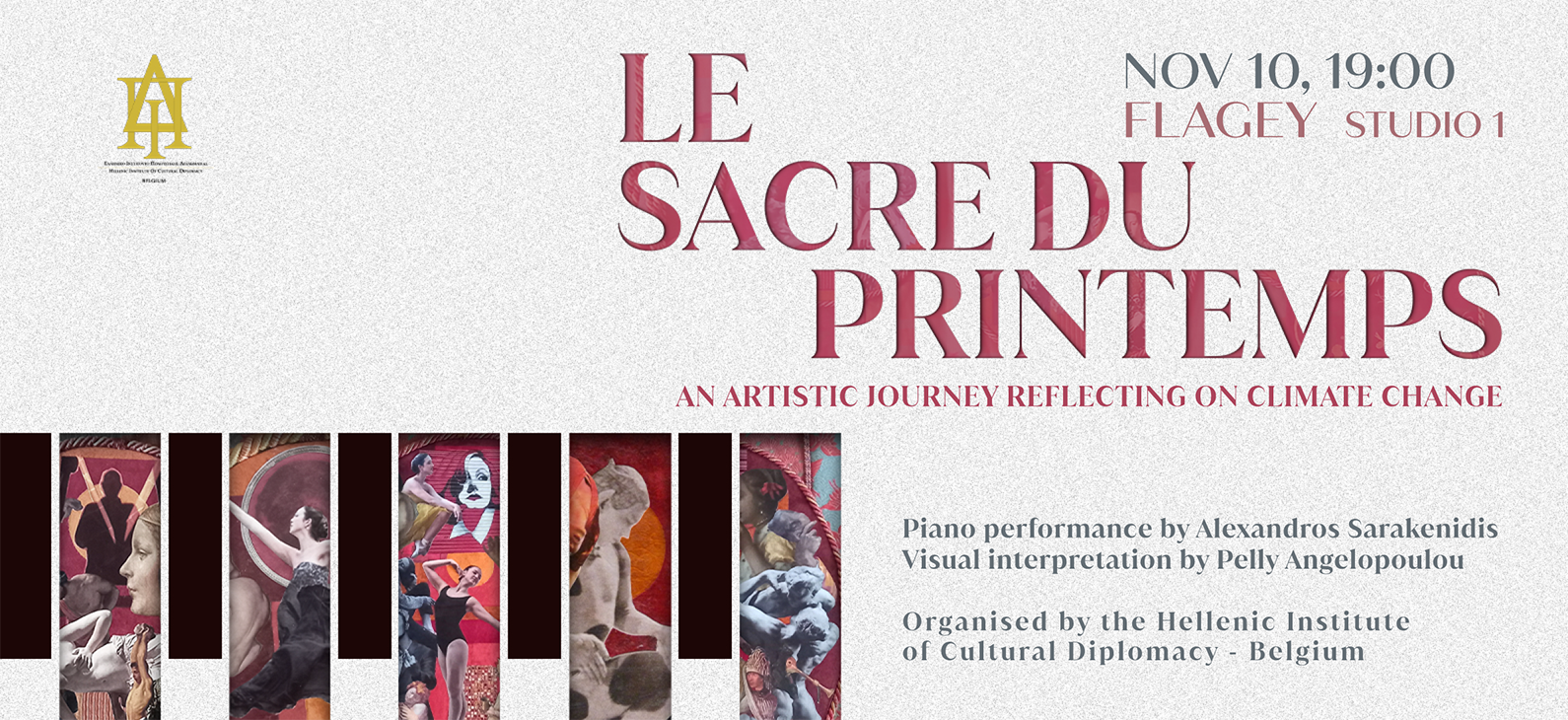
Historically, those women who did not follow the rules and were perceived as “different” were called witches. Today, those witches can be recognized as the first feminists who paved the way to women’s movements. The present article is on women’s political and diplomatic roles and how they, through cultural diplomacy activities, managed to speak up and have formal access to diplomatic relations, as well to their rights as a whole.
To analyse better the link of today’s feminists to witches, a reference on the “Witches! Be afraid, witches are back…” exhibition will be made. From the 27th of October 2021 the exhibition is taking place in Brussels, at the Espace Vanderborght and will be hosted until the 16th of January 2022.
Diplomacy has been traditionally and formally a domain reserved only for men1. Women did not have formal access to diplomatic positions. However, they managed to have a kind of role and influence on diplomatic interactions. Women accompanied their husbands abroad, took care of large diplomatic households, entertained guests and prepared dinner parties. They were seen just as wives, lovers, friends, mothers, sisters or daughters2 and, by taking advantage of their assigned roles, they informally influenced diplomatic activities. Therefore, since women were seen as main entertainers and were responsible for social and cultural events, through the gatherings they organized, they made use of what today is defined as cultural diplomacy.
Ties to royal courts and events rather than being a man or a women were central for diplomatic interactions for many centuries and, in this function, elite women, since they had access to social and cultural events, participated extensively in diplomacy. For example, in Elizabethan England, during the late sixteenth and early seventeenth centuries, women influenced formal intelligence and diplomatic endeavors through social events and distributing news (Daybell 2011). Just to mention a few names, the unwritten history of women as diplomats includes, among others, Katarina Stopia of Sweden who represented her country in Moscow from 1632 to 1634, the Frenchwoman Renée du Lac posted to Poland in 1646 and Alexandra Kollontay of the Soviet Union posted to Oslo from 1921 to 19243.
From the 1920s onwards, women’s role in society and politics hopefully changed. They started to demonstrate for their emancipation and access to social, political and civil rights. From being called “suffragettes”, women began to refer to themselves as “witches”. And maybe you are wondering “Why the witch, this woman who has been prosecuted, arrested and judged for leaving the beaten track?”. This solitary woman who lives far from others, far from man, in isolation, in touch with nature, and who is eager for knowledge and who builds her own specific knowledge, far from the leading centres of the intelligentsia, the universities from which women are excluded just because they are women. Witches were hunted down, tortured and, for tens of thousands of them, even burned4. The witch figure resembles those women who during the years have been arrested, tortured and whose rights were denied just of their sex or their willingness to be recognized as a part the society. As witches in the past were burnt, so have been the first feminists who fought for their liberties.

The analogy of witches as the fellow travelers and comrades in arms of feminists is not a recent phenomenon. This iconic figure has evolved over time, embodying a woman who is either free, crazy, dangerous or all three at once. But it was really at the start of the 1970s, in the midst of the neo-feminist wave, that the witch suddenly reappeared as the personified symbol of women's struggles. And how did those witches fight for their rights? They took the streets by demonstrating and taking advantage of the tools at their disposal, i.e. their bodies, sisters, and communication channels (radio, books…).
History is full of women who challenged the cultural and social limits set by the community to which they belong and who shaped, through their bodies in movement and actions, forms of resistance to norms. Mistrust of women who engage their bodies in movement, especially uncontrolled movement, is an ancient belief: “Nothing irritates a man more than a woman who dances” (Paracelsus, sixteenth-century physician). Other examples of how women protested were the development of feminist radio stations and the publishing of innovative tests. For instance, in 1975, in Italy two free and feminist radio stations, Radio Donna and Radio Strega (Italian for 'witch'), began broadcasting in Rome. That same year, American feminists, encouraged by the work of a committee of the World Council of Churches, prepared a 'non-sexist' liturgy entitled “Virgins, Witches or Whores, Let's Break the Circle”.
The aforementioned examples of activities carried out by women to speak up can be included in the field of cultural diplomacy: The gradual opening up for women in diplomacy paralleled the widespread mobilization of women’s international movements for gender equality (Garner 2013). In the 1990s, these efforts culminated in vibrant transnational coalitions of states, inter-governmental organizations, and non-governmental organizations, which actively pushed for the wider inclusion of women in diplomacy and in many other international fora and arenas. Framing and situating gender equality as part of the general concerns for peace and security, the United Nations (UN) Security Council adopted resolution 1325 on Women, Peace and Security (WPS) in the year 2000, a resolution which constitutes a significant milestone in the struggle for women’s participation in diplomacy and enjoyment of their rights5.
In a case study has been proved that cultural diplomacy, among others, does serve as means for facilitating dialogue and cooperation in the area of Women’s Rights. The exchange of ideas and of cultures, which can take place in different fields such as sports, literature, music, business, etc. as well as the inter-cultural dialogue on different levels and in different sectors can enable the progression of Women’s Rights. To this support, during the Discussions on Cultural Diplomacy and the Representation of Women in Politics, from 14th December 2013, Ferdous Ara Begum made an interesting presentation on CEDAW and its effect. She stated that “power of cultural diplomacy can bring a change in the mindset of common people and attitude of government and political will to change the situation, to change the stereotypes about women rights”6.
Speaking of witches and the role of cultural diplomacy in levelling up attention to women’s rights, it is worth writing a couple of information about the abovementioned exhibition: “Witches! Be afraid, witches are back…”7.
As already slightly introduced throughout the above paragraphs, the exhibition wants to establish a dialogue between the witches of yesterday and today by successfully presenting this comparison in order to better understand it. Through art, archives, cinema, dance, music, comics, performance and a touch of magic, you will get to know the questions about the figure of the witch and explore both the way in which she has filled our collective imagination and her representation across the centuries until her current social, cultural and political relevance.
The exhibition is organized in 4 parts: the first one deals with the first feminists struggles; the second one in about how women/witches were perceived and unfairly treated from the Middles Ages to Renaissance; the third one is focused on the image representing the changing of witches perception: from ugly women to a new figure of emancipation. Last but not least, the fourth part is about the granddaughters of witches fighting against patriarchy.
From these lines, it can be agreed that cultural diplomacy does have a role in such matters but also such an exhibition, proves the power of cultural initiatives to deal with sensitive topics like women’s image, their rights and roles in society.

Ilaria Ragni
Trainee, HICDB
Notes
1. The gender turn in diplomacy: a new research agenda, https://www.tandfonline.com/doi/full/10.1080/14616742.2018.1483206.
2. The gender turn in diplomacy: a new research agenda, op.cit
3. Women in diplomacy, https://rm.coe.int/16805916ba.
4. These words can be found in the posters of the Witch Exhibition that will be recalled later on.
5. The gender turn in diplomacy: a new research agenda, op. cit.
6. Cultural Diplomacy and Human Rights, https://culturaldiplomacyandhumanrights.wordpress.com/what-is-cultural-diplomacy/cultural-diplomacy-human-rights/about-icd/.
7. Witches Exhibition, https://witches-expo.ulb.be/en/home/.
References:
- The gender turn in diplomacy: a new research agenda, https://www.tandfonline.com/doi/full/10.1080/14616742.2018.1483206
- Women in diplomacy, https://rm.coe.int/16805916ba.
- Cultural Diplomacy and Human Rights, https://culturaldiplomacyandhumanrights.wordpress.com/what-is-cultural-diplomacy/cultural-diplomacy-human-rights/about-icd/.
- Witches Exhibition, https://witches-expo.ulb.be/en/home/.
- Tags:
- Articles
- Ilaria Ragni



